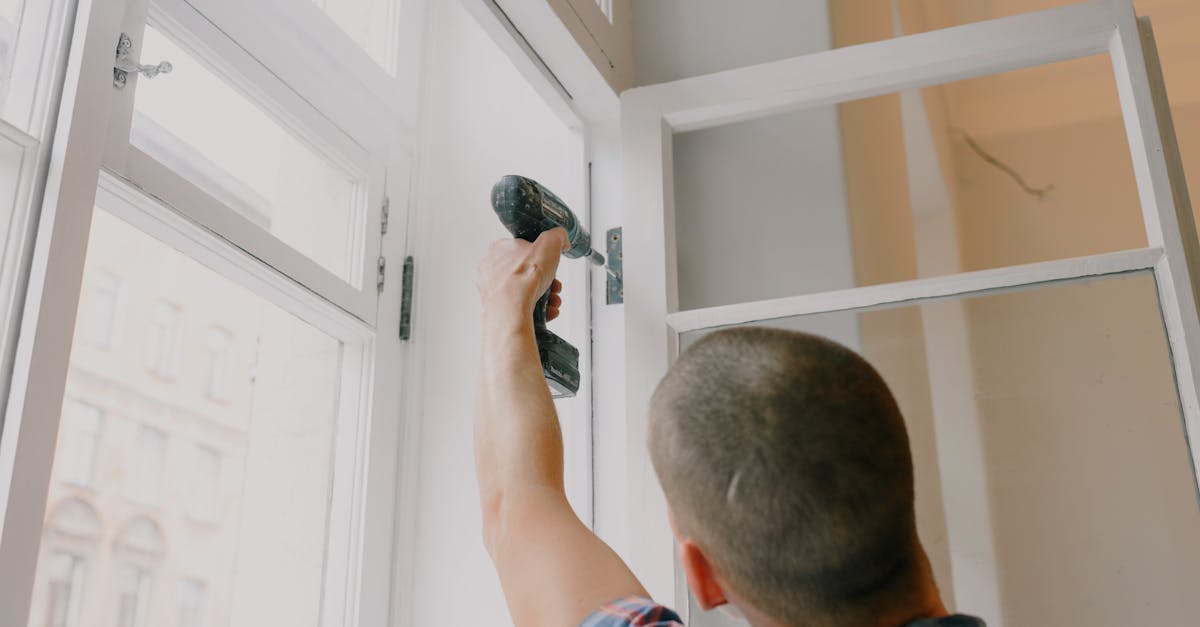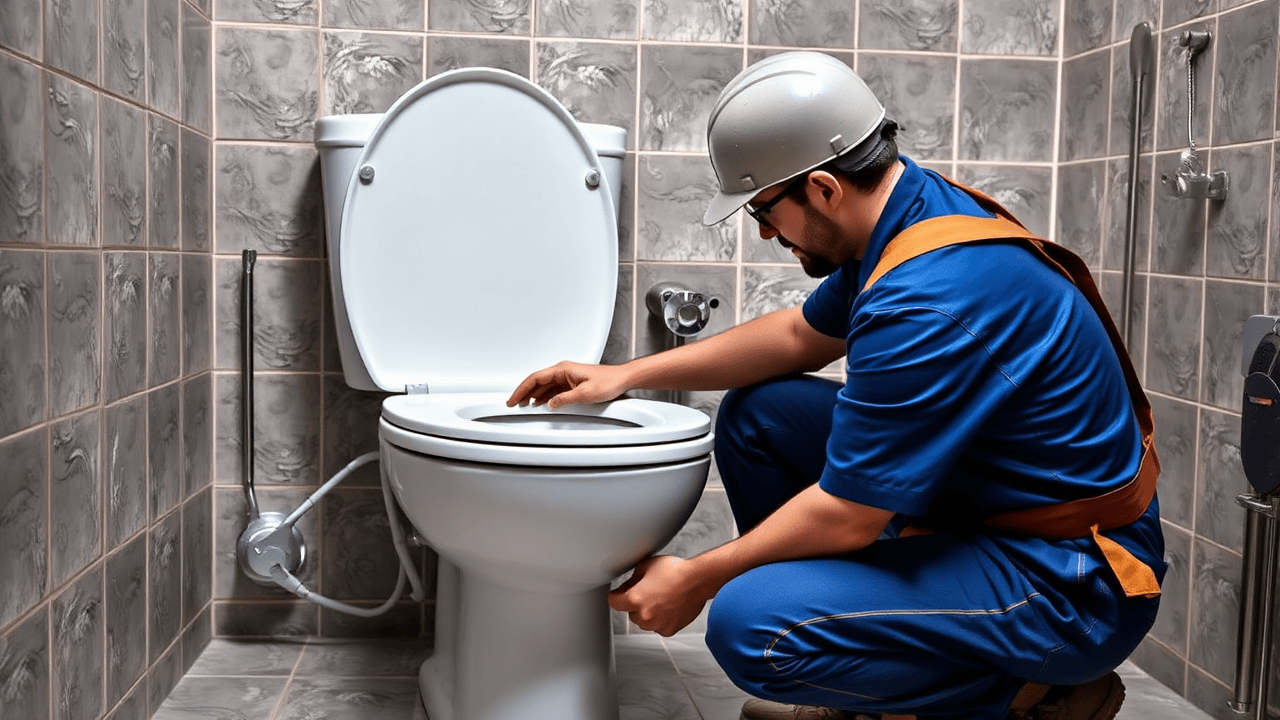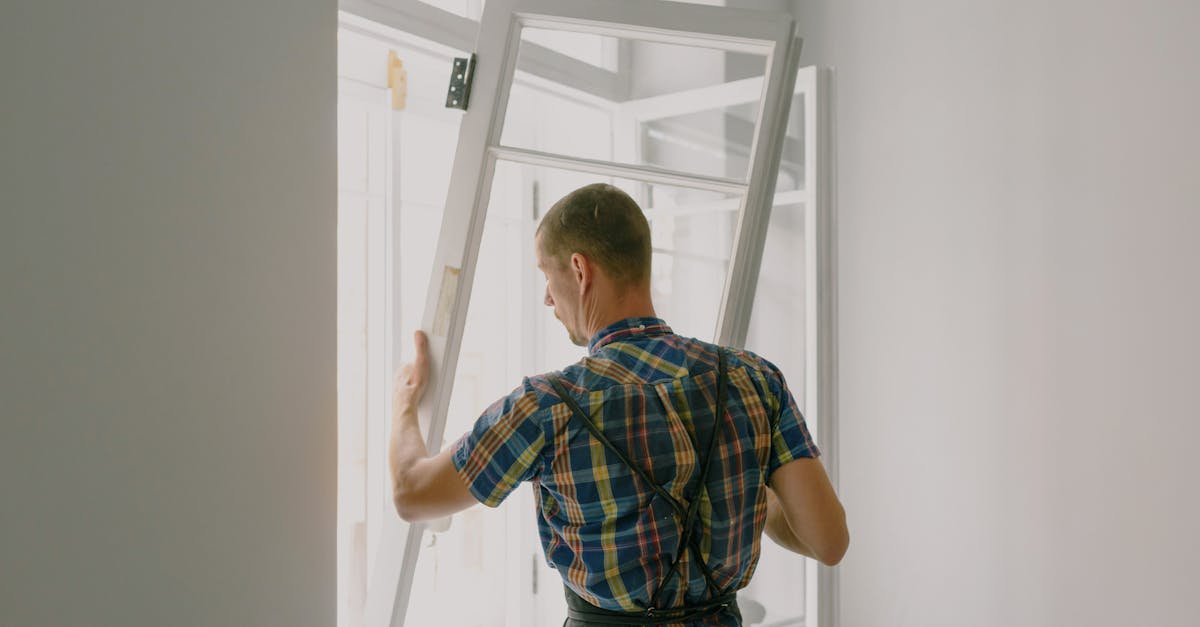
Common Issues Affecting Installation Cost
Toilet installation and repair in both new and existing homes can be influenced by various unforeseen complications that arise during the process. Common plumbing issues, such as outdated pipes or improper drainage systems, often require additional labor and material costs to ensure a proper fit and function. These complications can lead to higher charges than initially anticipated, especially if plumbing modifications are necessary to meet current codes or standards. Homeowners may also face issues stemming from old flooring or structural problems that might need addressing before the new toilet can be installed.
Geographic variations in pricing significantly impact the overall cost of toilet installation and repair in different regions. Urban areas typically feature higher labor costs due to a greater demand for skilled professionals. Accessibility challenges can also arise, especially in densely populated cities or areas with older homes that may have narrow hallways or staircases, complicating the installation process. Rural locations might offer lower labor rates but could face delays in scheduling due to a shortage of available plumbers, ultimately affecting the overall timeline and cost of the installation.
Plumbing Complications
Plumbing complications can significantly impact the overall cost of a toilet installation. Issues such as old or damaged pipes may necessitate repairs before a new toilet can be installed. If the existing plumbing configuration does not align with the new toilet's requirements, additional expenses will arise. Even minor adjustments can require specialized tools or skilled labor, which adds to the overall cost.
Toilet installation and repair in homes with outdated plumbing systems may also lead to unexpected expenses. Hidden leaks or the need for pipe replacement can increase the time and resources required for a successful installation. Proper assessment of the plumbing condition is essential to avoid surprises that can inflate the budget for new toilet installation.
Geographic Variations in Pricing
Prices for toilet installation and repair can vary significantly based on geographic location. Urban areas often see higher labor costs due to increased demand for plumbing services. Suburban and rural regions might have lower costs, although this can depend on the availability of skilled labor and local market conditions.
In addition to labor, the cost of materials can vary by region. Certain areas may have easier access to plumbing supplies, which can help drive down expenses. Conversely, regions with limited supply chains might experience higher prices, making toilet installation and repair in those locations more expensive overall.
Regional Cost Differences
Regional cost differences can significantly influence the overall expense of toilet installation. Urban areas generally see higher labor costs due to increased demand and a higher cost of living. In contrast, rural regions may offer more affordable pricing options as the competition among local plumbers can drive costs down. Property accessibility can also impact the final installation fees, as complex layouts in cities may require more intricate work compared to straightforward projects in less populated areas.
Toilet installation and repair in different states can reflect the local economy and standard wage rates for skilled labor. States with a higher average income, such as California and New York, may naturally have elevated rates for plumbing services. Conversely, areas with a lower cost of living, like certain Midwestern states, often feature more competitive pricing. Homeowners should research local rates to ensure they are making informed decisions regarding their toilet installation needs.
Selecting the Right Toilet
Selecting the right toilet involves considering several factors, including style, efficiency, and compatibility with your existing plumbing. Various types of toilets are available, such as two-piece, one-piece, or wall-mounted models. Each option offers its unique advantages. Two-piece units are often more cost-effective and easier to transport, whereas one-piece models provide a sleek look and can be simpler to clean. Potential buyers should also consider water-saving features to reduce long-term costs.
When thinking about toilet installation and repair in your home, it is crucial to weigh the overall price of the toilet against installation fees. Budget toilets might save money upfront but could lead to higher maintenance costs if they lack durability. Premium models generally come with advanced features and potentially better warranties, which can make them worth the investment. Researching different styles and reading reviews can help ensure that the right choice is made for both utility and long-term satisfaction.
Different Styles and Their Prices
When selecting a toilet, various styles come with distinct features and prices. Standard two-piece toilets are often the most economical option. They provide ease of maintenance and are widely available. One-piece models offer a sleeker design but tend to be more expensive due to their integrated components. Furthermore, wall-mounted toilets can enhance bathroom aesthetics, but these fixtures require specific installation processes and may increase overall costs due to the need for additional plumbing work.
Toilet installation and repair in different areas can be influenced by the type of toilet chosen. Luxury models, such as smart toilets with advanced features, carry a higher price tag. Additionally, high-efficiency toilets may qualify for rebates or incentives, which can offset initial expenses. Understanding the price range for various styles helps homeowners make informed decisions while considering their budget and bathroom needs.
FAQS
What is the average cost to install a toilet?
The average cost to install a toilet typically ranges from $150 to $300, depending on various factors such as the type of toilet, labor costs, and any necessary plumbing modifications.
What factors can increase the cost of toilet installation?
Factors that can increase the cost of toilet installation include plumbing complications, the need for additional materials, geographic variations in labor rates, and the choice of toilet style or brand.
Are there different prices for different toilet styles?
Yes, different toilet styles can have varying prices. Standard two-piece toilets are generally less expensive, while one-piece models, high-efficiency toilets, or specialty designs may cost significantly more.
How do geographic locations affect the cost of toilet installation?
Geographic variations in pricing can impact installation costs due to differences in labor rates, cost of living, and local demand for plumbing services. Urban areas may have higher costs compared to rural regions.
Can I install a toilet myself to save money?
While it is possible to install a toilet yourself to save on labor costs, it is important to have a good understanding of plumbing and installation procedures. If you're unsure, hiring a professional may prevent costly mistakes.


